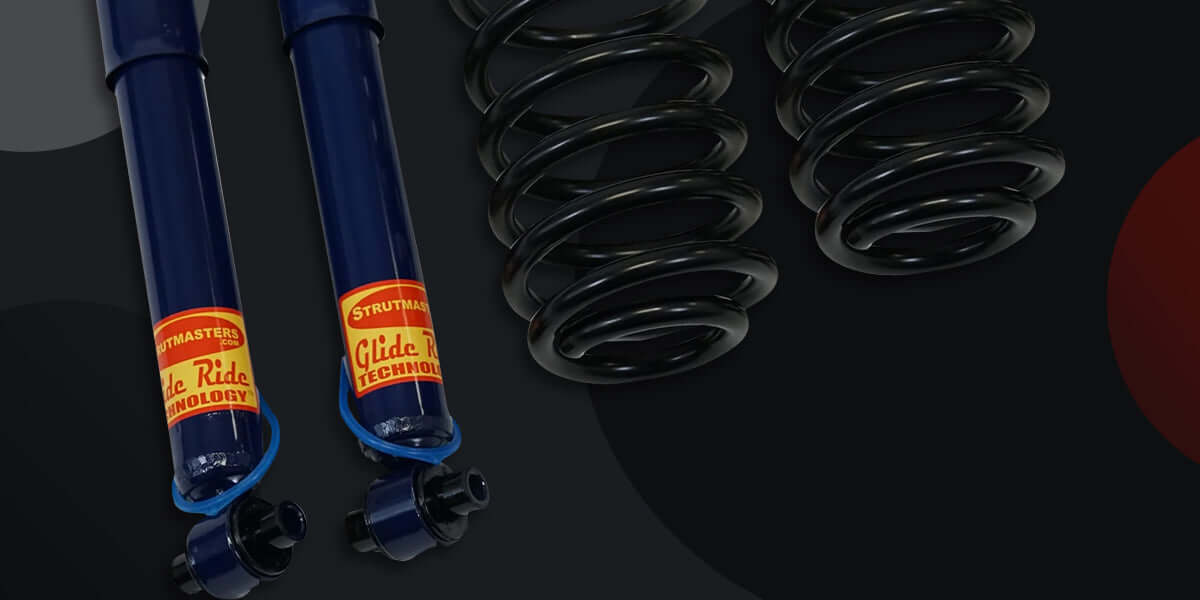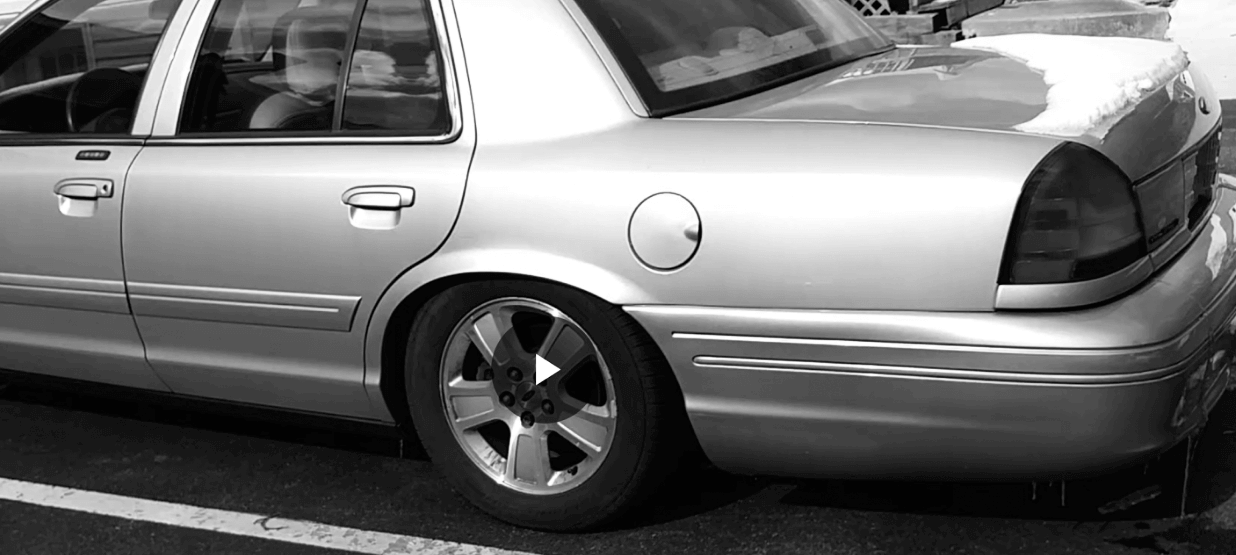The shocks and struts of your air suspension system are integral parts responsible for keeping your vehicle balanced and connected to the road when driving. Shocks and struts are reliable air suspension parts, but must be replaced with time. As you drive your vehicle, these parts can develop normal wear and tear and eventually won't function as designed.
Regularly replacing your damaged shocks and struts will help your vehicle perform dependably and safely. Knowing how often to replace shocks and struts can help you stay ahead of your vehicle's maintenance. Learn what to watch out for in this helpful guide.
What Are Shocks and Struts?
Shocks and struts are two parts of a vehicle's suspension system that keep the vehicle's springing or bouncing to a minimum during driving.
Some movement in your car is unavoidable as you drive it around turns or over bumps. However, too much springing can cause damage to the underside of your vehicle or make it challenging to steer safely. Bouncing can also make your ride uncomfortable. Shocks and struts solve these issues by absorbing most of the shock a vehicle takes on the road and keeping it balanced.
Although they perform similar roles in a car's suspension system, shocks and struts are distinctive components that function differently. Vehicles use either shocks or struts. If your car uses one part, you cannot replace it with the other.
Shocks, or shock absorbers, are components that help the coil springs absorb the rebound movement of the vehicle. The shock absorber contains a piston and coil that dissipates energy from the vehicle's movement into the hydraulic fluid. Shocks also keep a car's wheels in contact with the road.
Whereas shocks are individual components, a strut combines the shock and coil spring components in a single assembly. A strut helps absorb the shock of a car's movement and supports its weight while handling over turns and bumps in the road. Struts also impact a car's alignment to provide structural support for the vehicle's body.
Shocks are not a structural part of a vehicle's suspension, while struts are. Every wheel has either a shock or strut, though a car may have shocks on one axle and struts on the other.
How to Tell When to Replace Shocks and Struts
Shocks and struts need regular maintenance and replacement, as with every other part of your vehicle. The general recommendation is to replace shocks and struts between every 50,000 and 100,000 miles.
However, your driving patterns and maintenance on these parts will determine how long shocks and struts last. Knowing early signs of deterioration and what to look for with your shocks and struts helps you prevent damage to your car and keep it in good working order.
Early Signs
Your car may start showing some signs that its shocks and struts need replacement before the problem becomes too severe. Here are a few early signs to watch for that can tell you when to replace shocks and struts:
- Poor riding quality: If every ride in your vehicle is unusually bumpy or shaky, it could be a sign your car is having trouble absorbing shock from the road.
- Steering issues: A primary function of shocks and struts is to improve your vehicle's handling. If you experience steering problems, like your car is stiff to turn or steering is noisy, shocks and struts could be to blame. You may also need to replace these components if your car leans or sways when you change lanes.
- Braking problems: When a car's shocks and struts need replacement, other vehicle systems may compensate. Braking is a good example, as the car could shudder or lurch forward while braking.
These are all warning signs that your shocks and struts need to be replaced. They can occur at any time, so always be aware of any of the signs above or any other changes in overall performance. And once you notice that there’s something off about your vehicle’s performance, check your shocks and struts and replace them if needed.
What to Look for
Sometimes, struts and shocks won’t begin to emit the warning signs above until it’s too late. So you also want to perform routine visual inspections to help you understand when you need to replace your struts and shocks. There may be visible signs around these components that can alert you to their condition.
Here's what to look for during a visual inspection of your shocks and struts to tell if they need replacement:
- Corrosion, dents and damage: You may notice visible damage or dents on your shocks and struts, indicating they've passed their useful lives. Also, look for any corrosion, wear or breaking around the other suspension parts. If the mounts and bushings are damaged, they could cause harm to the rest of the suspension system. Replace any corroded or broken mounts and bushings along with the shocks and struts to prevent further issues.
- Leaking: Another sign that shocks and struts need replacement is leaking. Hydraulic fluid is necessary for helping these components absorb impact. With time, these air suspension parts will deteriorate, resulting in fluid leaking. Usually, fluid will leak from the top of their bodies.
- Tires: Most importantly, check your tires. Poorly functioning shocks and struts can't properly support your vehicle during driving, causing the car's weight to increase on the wheels. This causes uneven tread wear and signs like cupping along the edge of the tread. Cupping shortens your tires' life spans and makes it more difficult to brake.
Shop Strutmasters for Replacement Strut Assemblies
Without shocks and struts, no air suspension system could work properly. Understanding the common signs that these components are worn can help you determine when to replace struts and shocks on your vehicle and ensure long-lasting suspension performance.
When you notice your shocks and struts aren't performing as they should, order replacement struts and shocks from Strutmasters. Browse our selection of replacement shock absorbers to find the parts you need. We also provide fully loaded strut assembly kits with all the parts you need to replace your existing suspension system.
At Strutmasters, we have over 21 years of experience backing your new suspension, plus the support and training to ensure you have your needs met. If you need help finding the right shocks or struts for your vehicle, contact the suspension experts at Strutmasters now.





